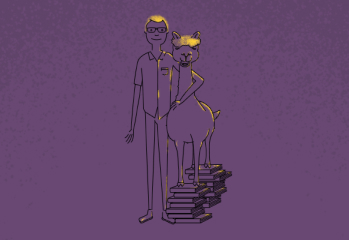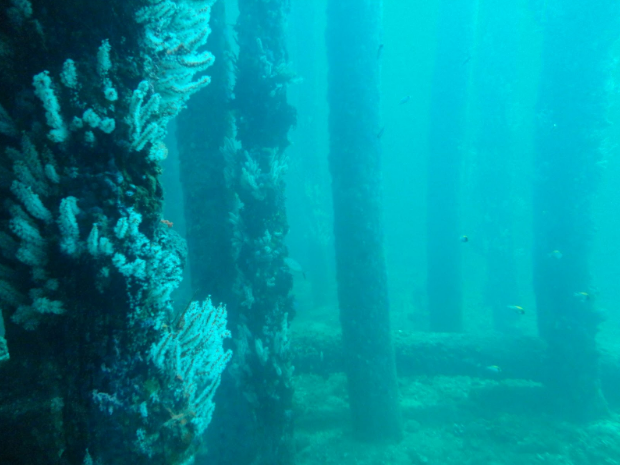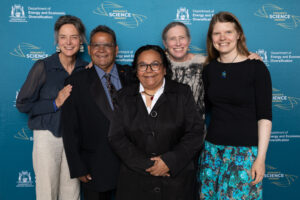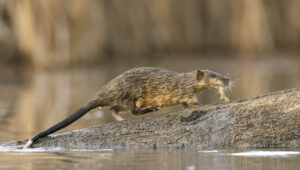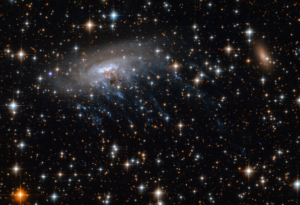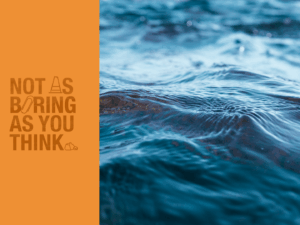If you stand on a Western Australian beach and gaze into the sunset, you’ll see stunning reds, oranges, yellows and purples dancing over deep blue waves that stretch into infinity.
There are plenty of natural wonders beneath the surface of the Indian Ocean. But there are some man-made marvels too, one of which is the reason you’re able to read this article right now.
Floreat fibres
If no one told you, it would be impossible to know that, every second, 1000 feature length films worth of data (40Tb) shoot under Floreat Beach.
That’s thanks to the INDIGO cable, which runs through an 800m long tunnel deep beneath the sandy shore.
INDIGO is comprised of INDIGO-West, which heads 4600km to Jakarta and Singapore, and INDIGO-Central, which runs 4850km to Sydney.
When they fired up in 2019, they were just the third and fourth subsea cables to land in Perth, after the Australia-Singapore Cable in 2018 and SEA-ME-WE 3 in 2000, although the latter was shut down at the end of 2024.
Caption: SEA-ME-WE 3, the cable that preceded INDIGO-West
Credit: Furfur, 2016 CC BY-SA 4.0
There are plenty more subsea cables in Perth’s future. The Oman-Australia Cable opened in 2022 and connected the Cocos Islands to a subsea cable for the first time.
Beyond this, the Sydney-Melbourne-Adelaide-Perth cable and Australia Connect Interlink are expected to start operating in 2026 and 2027, respectively.
All these cables make our little city at the edge of the world just a bit less isolated.
Pilbara pipeline
Some 1300km north of Floreat, Woodside plans to pump something much more controversial than data through a subsea pipeline.
The Scarborough Gas Pipeline is a 430km long pipe intended to transport natural gas from the Scarborough Gas Field to a processing plant in Karratha.
It’s part of Woodside’s plans to extend their Scarborough operations until 2070, which have been marred by claims of safety issues, environmental hazards and academic malpractice.
The federal government recently approved the extension despite a plea from Pacific leaders to reject the project, which they say threatens to worsen the already catastrophic impacts of anthropogenic climate change.
Fishy business
In stark contrast to ramping up gas production, artificial reefs are providing habitats for marine life along the Western Australian coastline.
Some of the reefs also make for great recreational snorkelling and fishing spots, while others, like the one at C.Y. O’Connor Beach, protect against coastal erosion.
The idea of artificial reefs is all well and good, but throwing big lumps of concrete and metal into the ocean doesn’t make a healthy habitat on its own.
Caption: This artificial reef off Florida is not dissimilar to those off the coast of WA
Credit: Reefmaker, 2013 CC BY-SA 3.0
The concrete and metal frames of artificial reefs have all the nooks and crannies small fish like to hide in, but they don’t have any of the food. That’s why they’ve been seeded with plant and coral species.
Once the plants and corals are established, the small fish that feed on them start to move in. Those small fish are followed by predators and then you have an ecosystem.
The same seeding techniques that turn hunks of junk into thriving ecosystems can also be used to rehabilitate existing coral reefs that have been affected by climate change, like Ningaloo and the Great Barrier Reef.
While some of the structures off WA’s coast are threatening to worsen the climate crisis, others are fighting back, and even more are working hard to keep us connected to a world full of people who are doing the same.
